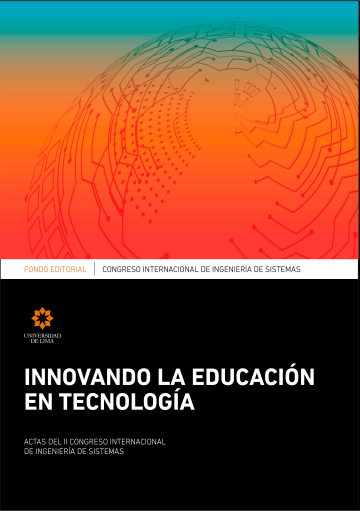Open-Source Software & Personal Medical Devices: Interpreting Risk Through an Evaluation of Software Testing
DOI:
https://doi.org/10.26439/ciis2019.5528Abstract
The availability of powerful low-cost hardware and advanced software tools has made open-source medical devices possible. Deciding to use an open-source medical device may require acceptance of some risk. Fully comprehending the risk level is essential since failure of the software or the medical device is dangerous. As many medical applications contain complicated codes, an excellent method for understanding software readiness is to evaluate how much testing has been completed on the software. As a case study, this project evaluates the level of testing performed on software components of the Loop Artificial Pancreas system.
Classic methods for evaluating complicated source codes are used to demonstrate how much testing is needed in a project. Our analysis shows that the Loop Artificial Pancreas system (master branch) has been thoroughly tested with most of the faults likely discovered. By using classic software engineering metrics and techniques, it is possible to gauge how completely an open-source medical product has been tested and make an educated decision about the risk associated with using it.


